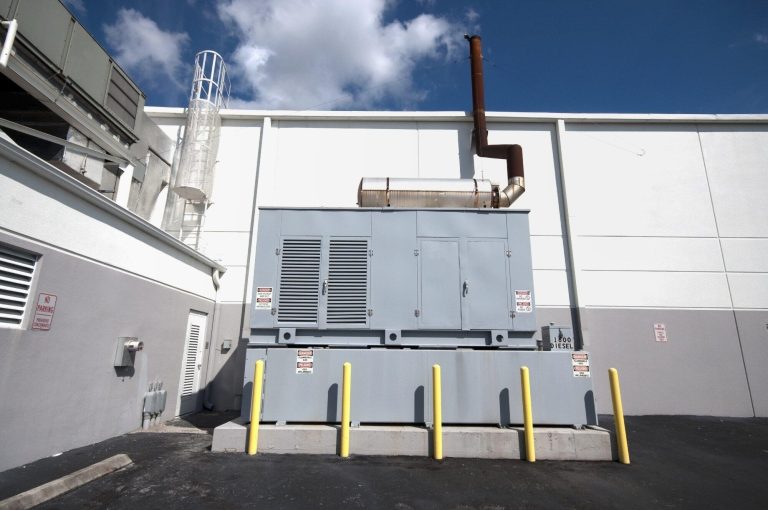A Guide to Understanding Common DOT Regulations
The Department of Transportation operates to ensure the safety of our transportation. From aviation to trucking, the Department of Transportation enforces many DOT regulations. You may wonder how trucks abide by DOT regulations.
There are many ways that trucking operators ensure safety. And the quality of their service. Through proper maintenance, training, and compliance, many problems in the past get prevented.
Trucking operations abide by many regulations. These regulations work to improve the safe function and quality of service.
Read below for a guide to understanding standard DOT regulations for trucks.
Drug Test for Commercial Drivers
Drug tests get required pre-employment, throughout employment, and then post-accident.
Some drivers test positive for prohibited substances. This includes illegal drugs and controlled substances. They will be subject to loss of certification, termination of employment, and difficulty obtaining employment in the future.
Employers need to keep accurate records for each driver. This includes test results that got conducted and any follow-up drug tests or examinations.
Commercial Driver’s License and Proper Training
Drivers operating commercial vehicles must get a CDL. It is also known as a Commercial driver’s License. This allows drivers to operate the:
- large trucks
- buses
- other large vehicles
It covers those Carrying hazardous material (HAZMAT).
CDL training includes comprehensive written courses in color recognition and air brake systems. Also, fuel systems have proper cargo loading.
All DOT drivers must receive proper training. They need proper training when handling dangerous material and periodic drug screening.
Safety Control Plan
A Safety Control Plan is an essential element of any fleet-vehicle operation. Fleet operators must understand and adhere to these regulations. This is to ensure an operation that is:
- safe
- compliant
- cost-effective
DOT regulations contain elements that relate to every aspect of fleet operations. It starts from driver qualifications and licensing to safe vehicle operation and maintenance.
Company Detailed Paperwork
Companies must follow these regulations to ensure safe and legal transport. Companies are also required to adhere to extra DOT regulations about their paperwork.
This includes keeping detailed records of vehicle information. Driver log books. It also includes:
- vehicle inspections
- driver registration
- maintenance records
DOT regulations are complex and difficult to understand. But, the necessary paperwork provides a valuable take on the company’s operations. And compliance with DOT regulations.
Vehicle Inspection Standard
Fleet operators must conduct a thorough inspection. This gets done to vehicles at least once every 12 months. It could also be 12,000 miles, whichever comes first, to ensure they are safe to operate.
They use either a visual self-inspection or a certified mechanics inspection. During vehicle inspection, checks must get performed on the steering and brakes. It also includes:
- axles
- frames
- motors
- tires
- lights
- other components
An ELD electronically records a commercial vehicle driver’s driving hours. So, it is best to use an ELD for DOT compliance.
Understand Common Dot Regulations Starting Today
Familiarize yourself with all the common DOT regulations. With this, you are taking an important step towards ensuring you and your business.
So, what are you waiting for? Make sure you’re in compliance today and refer to this guide for any regulations you may not know about.
Did you find this article helpful? Check out the rest of our blogs!


